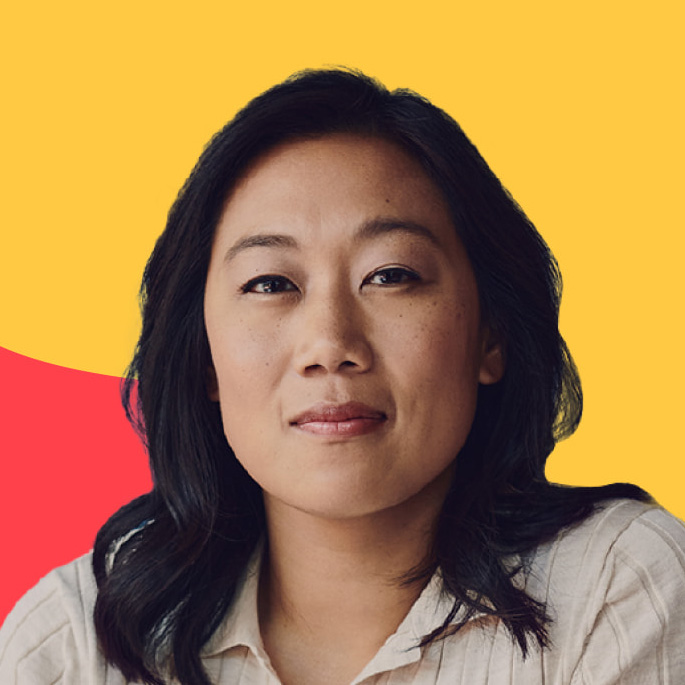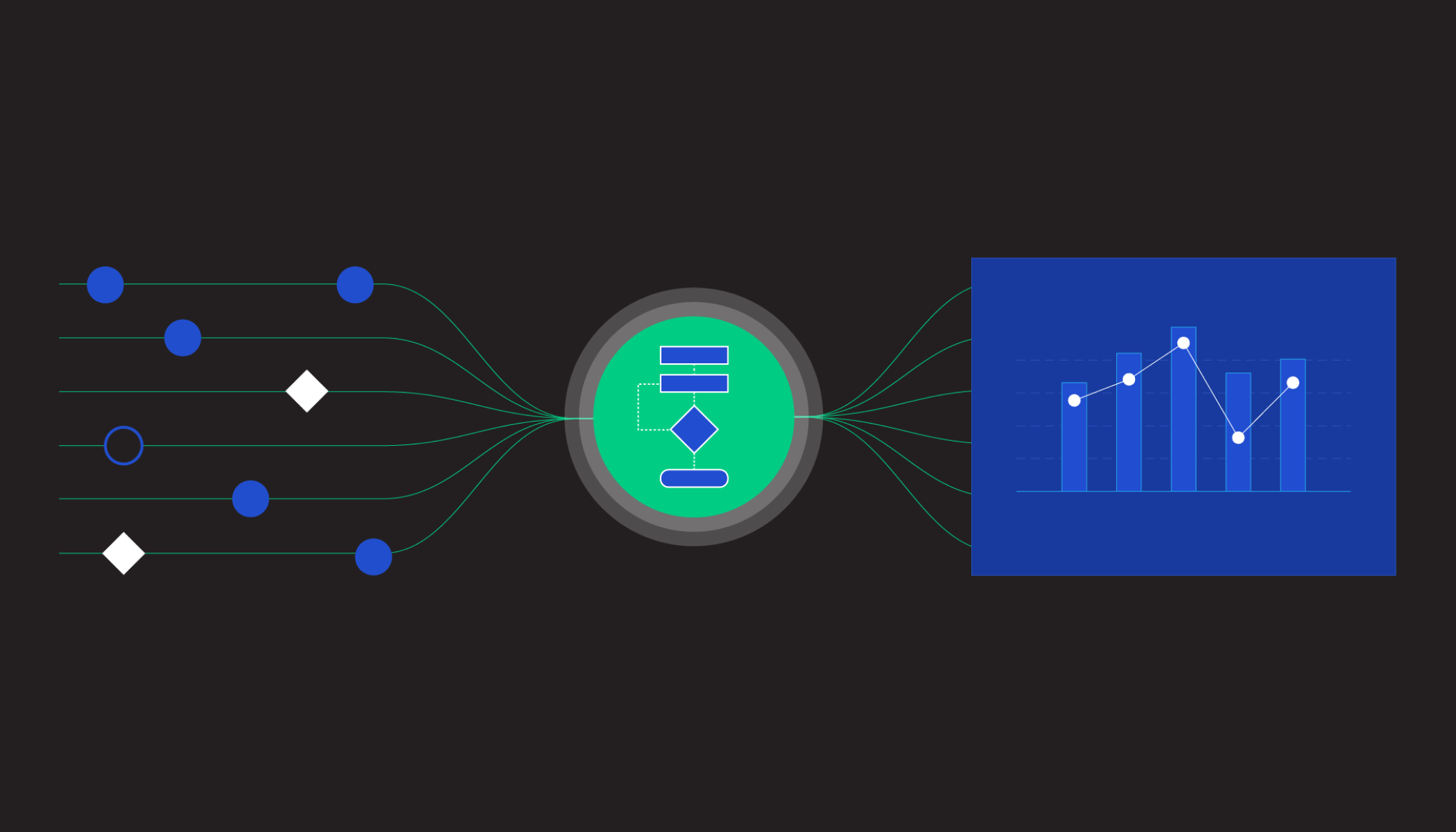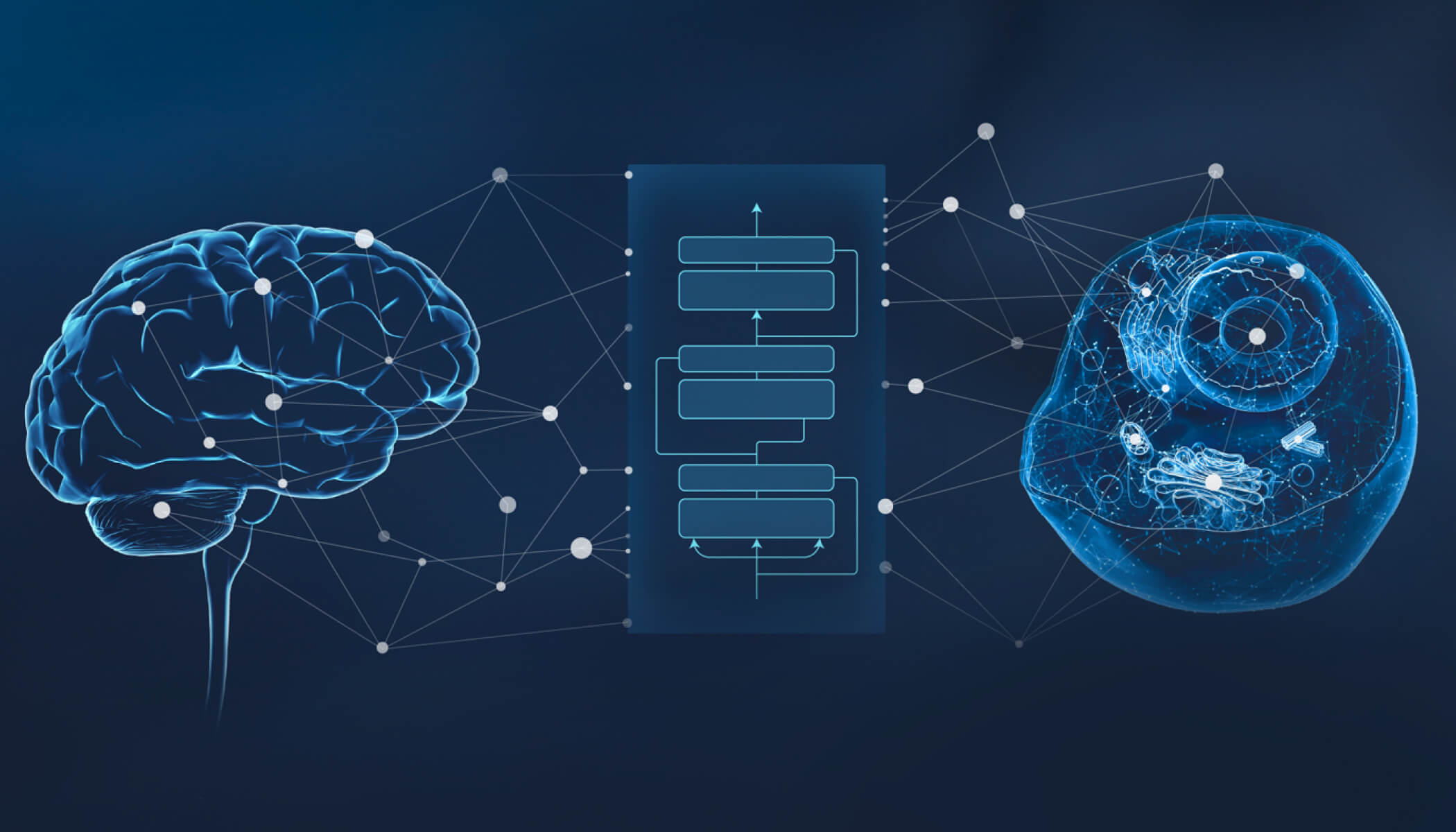Apr 3, 2025 · 6 min read
New Tools To Understand Human Health
By helping scientists see more clearly and share more openly, we’re hoping to speed up the pace of discovery.
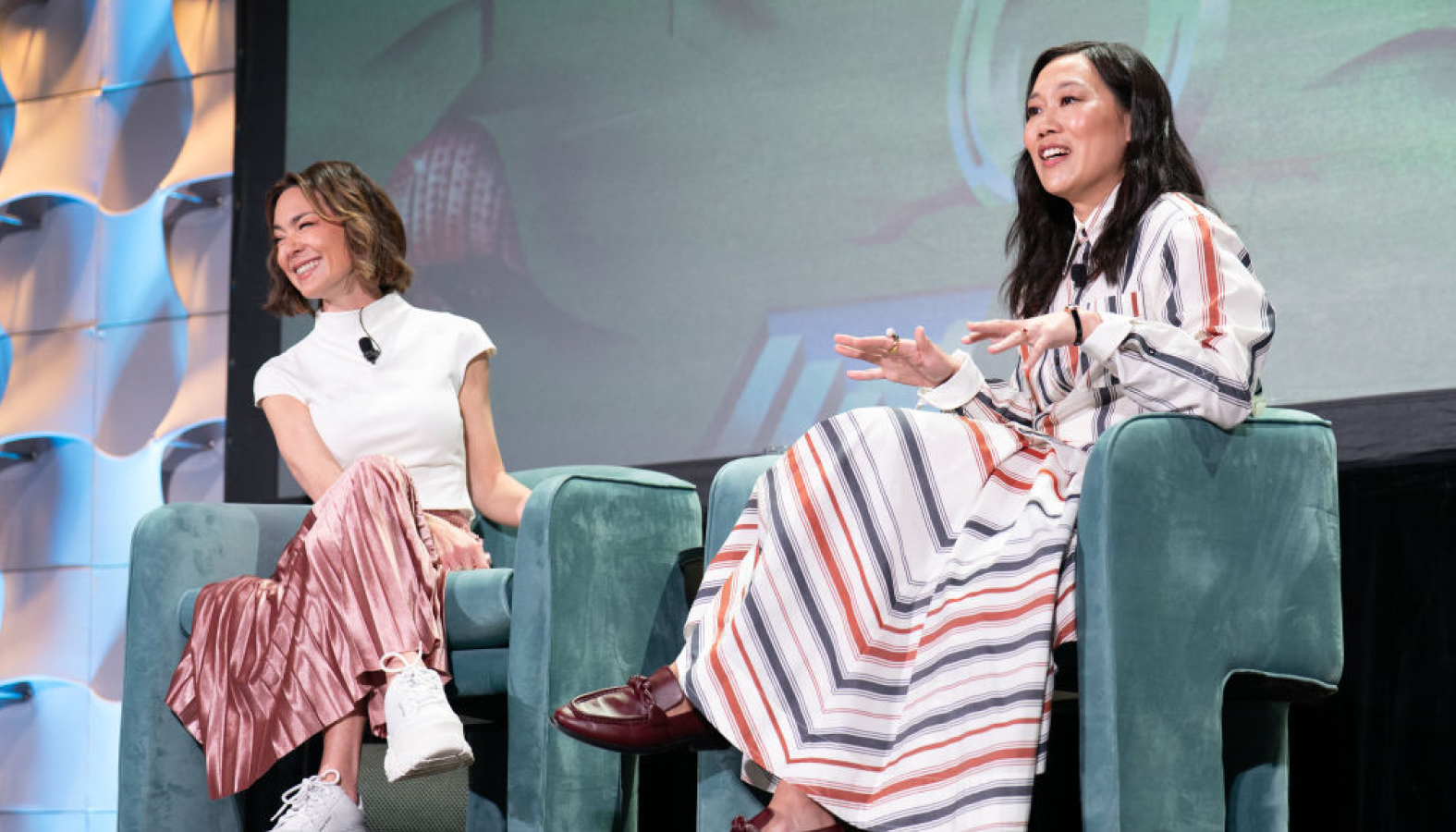
A few weeks ago, I took a trip to Austin to share the latest about CZI’s work at South by Southwest.
I was in conversation with Bloomberg’s Emily Chang. I happen to know that Emily is a fellow parent, so when she asked me to talk about the state of biomedical science, I drew a comparison to a topic of mutual interest.
Legos.
If you spend any time with kids, you probably know that Lego sets have gotten pretty elaborate. I remember scrounging around in a box of generic pieces. But these days, you can buy the Millennium Falcon and build it step by step. Super cool. Thousands of tiny parts.
The human body is like the Millennium Falcon++. There are trillions of cells, and billions of molecules inside each one. Every one of those pieces needs to snap together perfectly to make a healthy person.
In biology, we basically have the parts list at the front of the instruction manual. That’s what we figured out when we sequenced the human genome decades ago. Our genes tell us all the little molecular pieces, like proteins, that make up a cell.
What biologists don’t have is the rest of the instructions. For the Millennium Falcon, there are maybe a thousand steps to build the ship. To make a person, there are so many more. How do you build a heart cell? How is that different from a lung cell? We don’t really know. And we haven’t invented the technology to figure it out.
CZI’s goal is to build that technology.
We want to give scientists the tools to understand how all the parts of human cells come together, and how cells interact with each other. Because if we know how all the pieces fit, we’ll have a much better idea of how to fix the body when it breaks.
A Biohub To See Deep Inside Cells
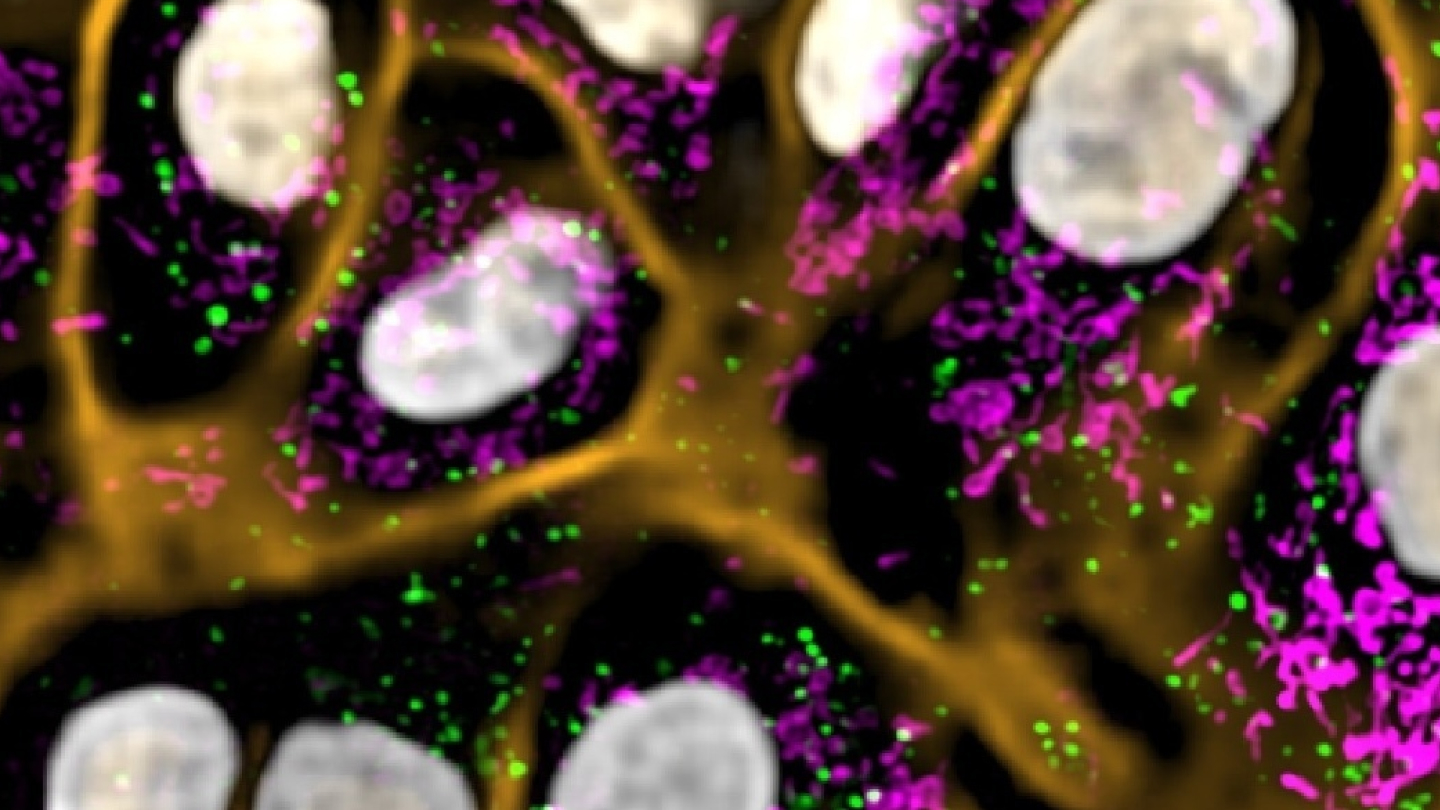
To achieve that goal, what you need is an extremely powerful camera. You want to be able to see the body put the molecules together, step by step, in real time.
This is essentially what CZI is creating at a new Biohub that will launch in 2027. Leading experts in biology, engineering and AI will build the technology to illuminate hidden dynamics of complex systems, like the brain and immune system, to fully understand how they function.
The new Biohub is actually a combination of two of our existing institutes — the CZ Biohub San Francisco and the CZ Institute for Advanced Biological Imaging. Researchers at the San Francisco Biohub have spent nearly a decade mapping cells in the body, many of them new to science. And the Imaging Institute is developing technology to see inside those cells at a level of speed and detail that was never possible before.
When we bring these teams under one roof, the result will be a research institute unlike any other in the world. Together, they’ll develop tools that could help scientists everywhere observe living cells in motion.
Imaging technologies have a long history of driving breakthroughs in science. The microscope showed us that the body is made of cells. The X-ray and fMRI gave us the power to see inside living tissues. Over and over, imaging tools have transformed how we understand the body and how we treat disease. This Biohub will help drive the next revolution.
A New Home for Scientific Collaboration
Another way to accelerate progress in science is to help researchers collaborate. When someone figures out a page of the Lego manual, they should have an easy way to share it with the rest of the scientific community, so other people can build on that information.
Historically, most results publish long after the research is done. That means new knowledge moves slowly. And it means researchers miss out on the chance to discuss their work with each other while the work is happening — which slows down the pace of discovery.
But now that’s changing. For years, CZI has supported the preprint servers bioRxiv and medRxiv. These are spaces where researchers can share their initial results and data with one another right away. Preprints are science that happens in conversation, rather than in silos.
Researchers have been loud and clear that they benefit from working this way. The science does, too.
So, in March, CZI announced that we’re taking our support for preprints to the next level. We’ve partnered with the Cold Spring Harbor Laboratory to create openRxiv — a new, permanent home for both bioRxiv and medRxiv, and a hub to make preprint technology even better.
A New Vision for AI + Biology + Medicine
One outcome for CZI’s new Biohub is that it’s going to generate a huge amount of biological data. openRxiv will help scientists share biological data. But we still need a way to process all that data — to bring together everything we’re measuring in cells to form a cohesive picture.
This is what we aim to do with CZI’s virtual cell models, and why I went to South by Southwest to talk about them.
A virtual cell model is a lot like a large language model. But instead of training the model on just words, you show it genetic code and other molecules in the cell, images of where those molecules are located, and videos of the interactions within and between cells, and so on.
What you get is a virtual cell — a simulation that can help researchers understand how the smallest units of life come together to make us, us. (Just like a Lego set.)
Virtual cell models could revolutionize how science gets done. Researchers could use them to condense parts of the drug discovery process from years to days. To understand the causes and potential cures for even the rarest diseases. Maybe even to engineer new kinds of immune cells that could stop cancers before they ever take root.
As I said on stage, there’s no guarantee we achieve all that. But virtual cells and other technology could make it possible. And I believe that’s a future worth building toward.
With care,

Co-Founder and Co-CEO
Chan Zuckerberg Initiative




